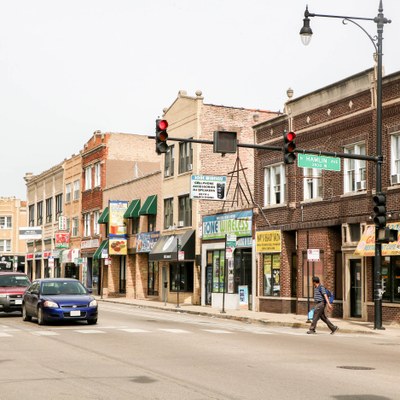Albany Park is a vibrant and diverse neighborhood located on the north side of Chicago. Known for its multicultural community, historic architecture, and thriving arts scene, Albany Park has a lot to offer residents and visitors alike. However, like any urban neighborhood, there are concerns about safety, which vary depending on the area and time of day. In this article, we will explore the safety of Albany Park and provide tips for navigating the neighborhood safely.
Overview of Safety in Albany Park:
Albany Park is generally considered a safe neighborhood compared to some other areas in Chicago. Over the years, crime rates in the neighborhood have declined, largely due to community efforts and local policing initiatives. However, there are still occasional incidents of property crime and violent crime, as is common in many urban areas.
Crime Trends:
- Property Crime:
- The most common types of crime in Albany Park are property crimes such as theft and burglary. These crimes can occur in residential areas and commercial districts, so it’s essential to take precautions like securing doors and windows, and not leaving valuables unattended in public spaces.
- Violent Crime:
- While violent crime rates have decreased in recent years, there may still be isolated incidents of assault or robbery. Such incidents tend to occur more frequently at night and in specific areas.
Tips for Staying Safe in Albany Park:
- Stay Aware:
- Pay attention to your surroundings, especially when walking alone or in less populated areas. Stay off your phone and avoid wearing headphones while walking.
- Travel in Groups:
- When possible, travel in groups, especially at night. There is safety in numbers, and you are less likely to be targeted.
- Secure Your Home:
- Take measures to secure your home, such as installing deadbolts and security systems. Keep windows and doors locked, especially at night.
- Use Public Transportation:
- Albany Park is well-served by public transportation, including the CTA Brown Line. Using public transit can be a safer alternative to walking or driving at night.
- Get Involved in the Community:
- Participating in neighborhood groups or attending community meetings can help you stay informed about local safety issues and build connections with neighbors.
- Be Mindful of High-Risk Areas:
- While Albany Park is generally safe, there may be certain areas with higher crime rates. Familiarize yourself with these spots and take extra precautions when passing through them.
Conclusion:
Albany Park is a dynamic and welcoming neighborhood with a lot to offer its residents and visitors. While crime rates have decreased in recent years, it is important to remain vigilant and take common safety precautions. By staying aware of your surroundings, securing your home, and engaging with the local community, you can help contribute to a safe and thriving Albany Park. Overall, Albany Park can be a great place to live, work, and explore, provided you exercise the same level of caution as you would in any urban environment.

